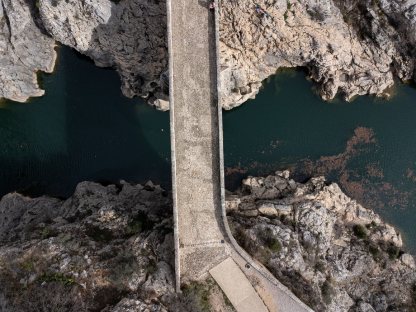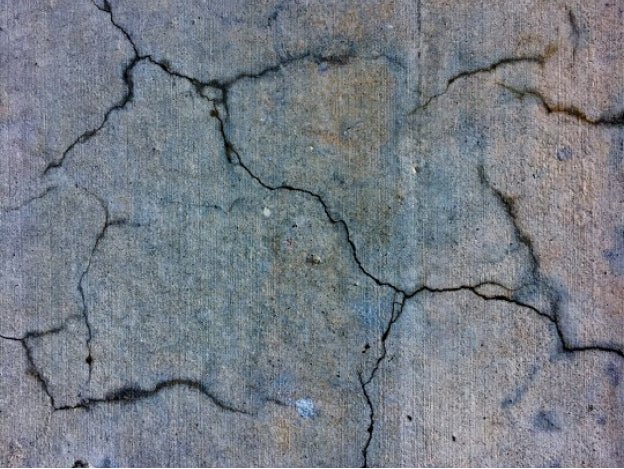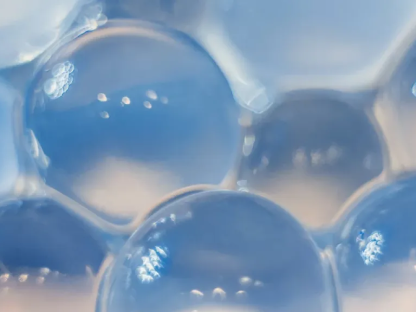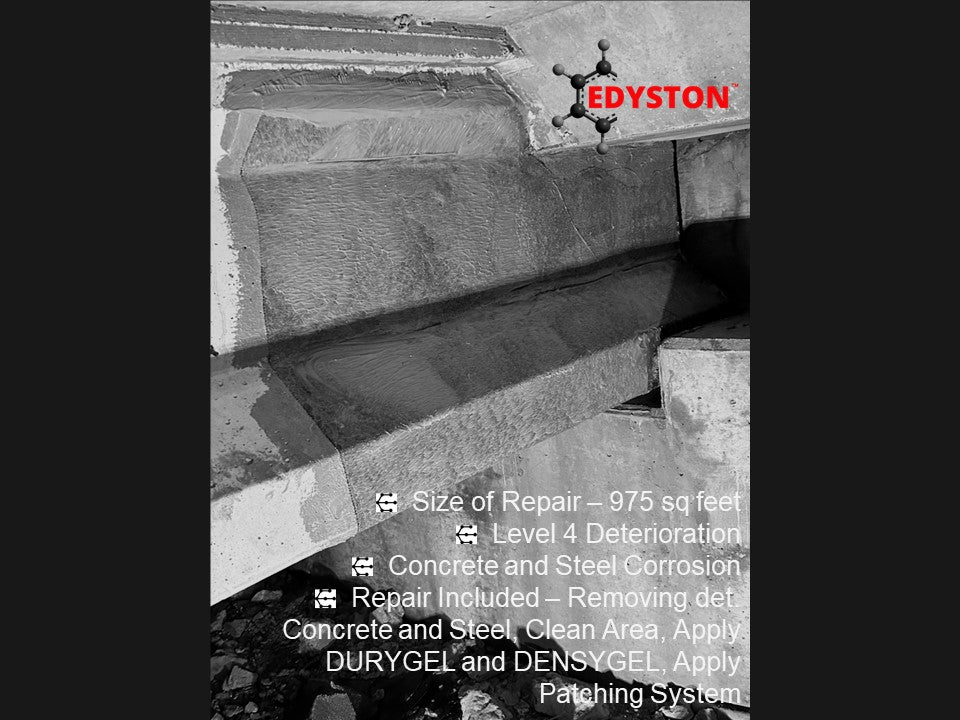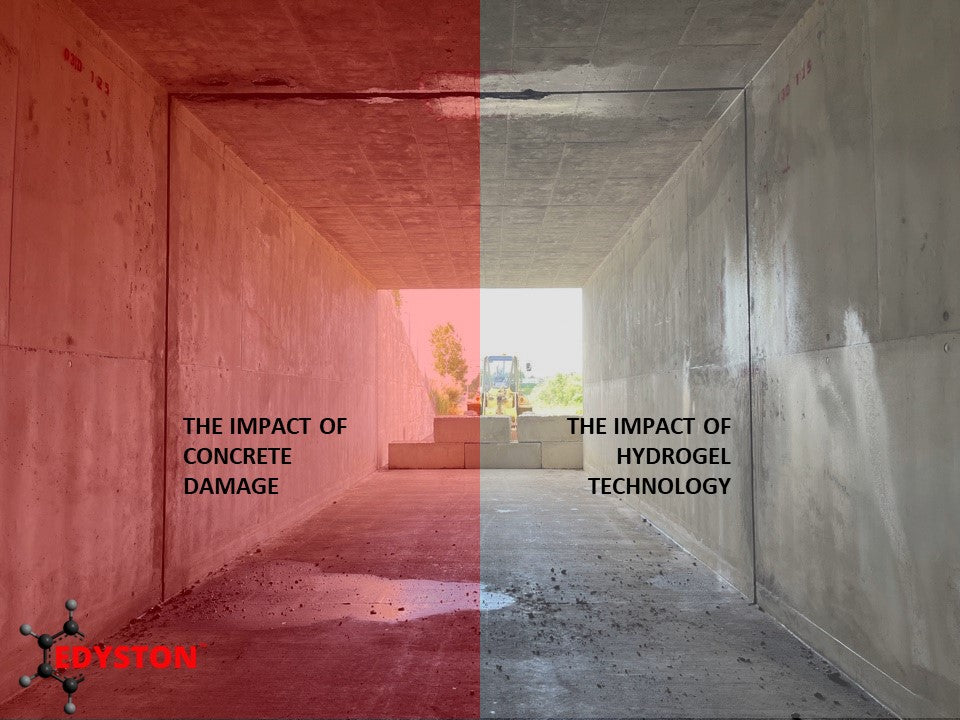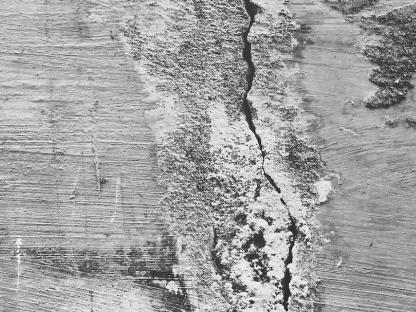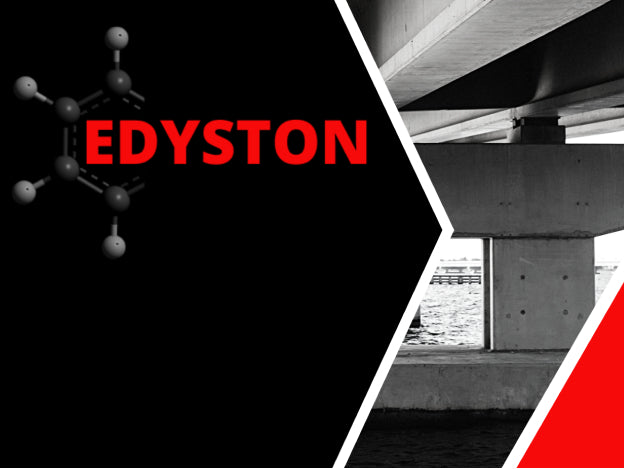Education
What is the difference between self-healing and healing concrete?
Self-healing and healing concrete has been revolutionizing concrete- and construction-industries for the past couple decades. Both utilize a special set of additives that bridges over cracks before they can become too wide, preventing moisture and impurity migration as well as further deterioration. Though it does not necessarily possess strength equal to its parent material, the repair and healed section should have superior protection against damage caused by extreme weather conditions or excessive use.
While both self-healing and healing focus on reducing the permeability of cracked and deteriorated concrete, there is a significant difference between the two.
A concrete with self-healing properties has had an additive or admixture (SHA) added to the concrete while it was still in its fresh state, either during the mixing or placement process. As the concrete hardens and ages, the SHA lays dormant in the concrete until it is triggered by a mechanical (crack, virbration) or chemical (pH, impurity content) change.
Concrete healing involves integrating or spraying a product onto the surface which uses existing cracking in the structure as pathways for migration. Unlike self-healing additives, concrete healing additive products must be applied after concrete installation when fractures are already present from degradation caused by physical and chemical attack.
Healing and self-healing products are designed to provide long-term, effective repairs. At the microstructure, the bridges that close cracks of the hydrated cementitious matrix must be as strong or stronger than the original material, while also being resilient against physical wear and chemical exposure.
A sprayed on concrete hydrogel will aid in the healing process and help increase the resiliency to common types of physical and chemical attack that is degrading the structural integrity of our national concrete infrastructure. By utilizing this technology, we can help remediate current failures and extend the service-life of many at-risk concrete structures without expensive replacement costs.
